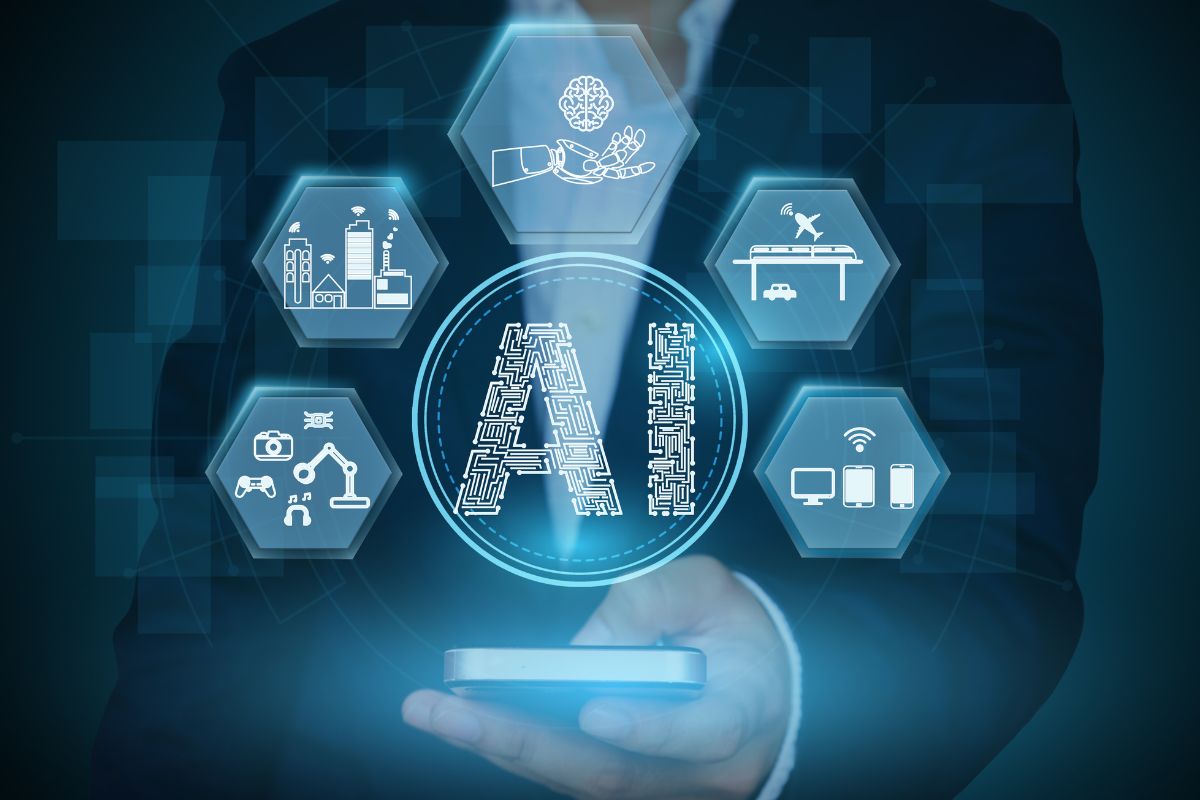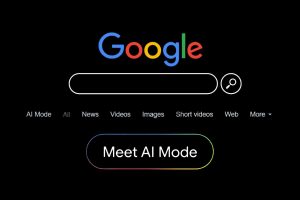Simply put, typography is the language of design we come across daily. The typefaces and lettering choices made for everything from websites and commercials to packaging and printed goods exceptionally impact us. Typography conveys the character, ideology, and purpose of a company or piece of writing. Typography, the practice of arranging text and letters in a meaningful and aesthetically pleasing arrangement, has long been an integral part of graphic design. Important messages, feelings, and branding cues can be conveyed through specific typefaces and letters.
Thanks to the incorporation of AI in today’s digital age, the field of typography is seeing a significant revolution. Take a professional-led AI bootcamp to discover how typography uses AI with real-world examples.
Let’s know in detail how AI is used in typography.
Typography – What is it?
Typography involves matching typeface shape, size, and spacing.
Readability, accessibility, and hierarchy are typography’s primary goals. A UI designer ensures text is:
- Clearly written – Alphabets must distinguish themselves—consistent spacing between letters, words, and sentences.
- Accessible – Blind and reading-impaired users should be able to read the text.
- Hierarchy – Users must distinguish differing importance information.
What role is AI playing in the field of typography?
IDEO’s font map
Finding and choosing typefaces for a project might be difficult if you have hundreds or thousands. With their new interactive interface, IDEO’s Font Map makes font comparisons easier. Font Map groups similar typefaces visually. A larger font preview appears when one moves over each letter. Selecting text for display and rapidly comparing fonts is now possible.
Interface design helps designers develop unusual combinations. Users can search for fonts by name and view them in Google Fonts. IDEO designed Font Map to demonstrate how designers may employ AI in interactive projects.
Fonts with spacing
A primary objective of AI is the automation of repetitive and menial tasks. One of the most boring, complex, and essential things to do in typography is space. A few individuals have investigated the potential of applying AI to space and Kern fonts. You may learn more about spacing here. Because it involves visual compensations and adjustments and demands precision, spacing is a challenging activity. It takes time to automate and get computers to produce good results. When it comes to space, there is no magic formula.
Creating a font using AI
AI font generators are a fascinating advancement in this sector. These technologies use AI algorithms to examine fonts, understand their traits, and create new fonts. This produces script, serif, sans-serif, ornamental, and other font styles. The AI font generator can use user-specified letter forms, stroke thickness, spacing, and curves. This lets designers, typographers, and custom font users produce eye-catching types. AI font technology generates hundreds of glyphs and filters them by quality and similarity. It then vectorizes the glyphs that passed a quality and similarity check and creates a .TTF or .OTF font file.
Why study typography-related generative AI?
It claims this powerful tool lets users tweak, create, and fascinate with gorgeous typography like never before. AI Font Generator combines creativity and innovation in font design. AI Font Generator allows limitless customization.
Beyond creating beautiful typefaces, AI font generators have other benefits. They are useful for branding, advertising, digital content, and personal projects due to their convenience and efficiency. No matter their design talents or experience with traditional font production software, AI font generators make producing unique and eye-catching typography easy.
What categories affect AI today?
AI evolves and adds new features. These breakthroughs show AI growth, future approaches, and what to expect. To understand their technical influence, let’s examine these categories.
- Deep learning: A machine learning subset that draws insights from data using artificial neural networks. These networks discover complicated patterns from data using brain-inspired architecture. Deep learning achieves cutting-edge outcomes in image, audio, and natural language processing.
- Data science: The study of data collection, analysis, and interpretation. Data scientists utilize many methods to gain insights. These findings can inform business, finance, and healthcare decisions.
- Computer systems: Hardware and software comprise computers. They are necessary for data storage, processing, and transmission.
- Artificial general intelligence (AGI): This AI can accomplish every intellectual task a human can. AGI is theoretical and nonexistent.
- Linear and logistical regression: These two statistical methods predict continuous and categorical values.
- Linear algebra: This discipline of mathematics covers vectors, matrices, and linear transformations. Machine learning, computer graphics, and physics use it.
- Narrow AI: It is an AI developed for specific tasks. Chatbots, facial recognition, and self-driving cars are narrow AI.
- AI models: Mathematical representations utilized for prediction and decision-making on the world.
The pros and cons of AI typography
AI changes typography, bringing benefits and drawbacks:
Pros:
- AI streamlines font generation and customization, saving time and effort in developing distinctive typefaces.
- AI allows designers to explore more fonts, expanding creative options.
- AI ensures typographic uniformity across mediums, ensuring brand identity.
- AI can improve typeface accessibility for varied audiences, especially those with visual impairments.
Cons:
- Some designers fear AI may limit their creative power, creating a more homogenized typographic scene.
- AI-generated typefaces undergo extensive testing for design and legibility.
- AI in typography concerns creativity, copyright, and intellectual property.
Typography’s AI future
Consider a magic wand that could create content from nothing. A fantasy, right? Thanks for knowing Generative AI! This technology is our nearest digital magic wand. Images, audio, text, and 3D models can be generated. This magic now enchants typography. New typography possibilities are emerging from generative AI. It makes typeface design more accessible and helps designers develop unique and eye-catching typography faster. It’s intriguing to envisage the future of generative AI in typography.
Last words
Artificial intelligence is changing fonts and lettering in graphic design, giving artists new options. Organizations must mix traditional craftsmanship with cutting-edge AI solutions. Designers, typographers, creativity, and AI innovation make products more efficient, adaptable, and visually appealing. People working together will shape typography.












